Blood PressureWhat Is Blood Pressure?It is a force exerted on the blood flowing in blood vessels throughout our body. This force is very important in the circulatory system because without this force, the blood cannot move from one place to another in the body. If blood is not transported to different organs, it won't be able to transport the oxygen required to maintain proper functioning. 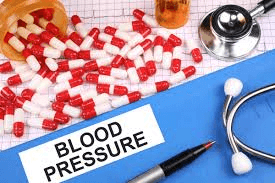
Only oxygen is not transported through blood; other substances are also transported along with oxygen. Substances like amino acids, fats and sugars are also transported through plasma which is the major component of blood. Hormones like insulin are also carried via blood to their required place. White blood cells, crucial for immunity, are also a part of blood. Another important function of blood is to take up all the waste from different body parts and remove it. The other most important function of blood is to remove deoxygenated blood from organs. Removing toxic and deoxygenated blood is as important as providing oxygen-rich blood. Both processes go hand in hand. Therefore, we can say blood transport is crucial for all body processes, and if there is no pressure, then blood cannot move in the blood vessels. Temperature is only one of many other characteristics that blood itself possesses. Additionally, it contains clotting platelets, one of the body's defences against tissue damage, which stops the blood loss after injury. Life requires a normal blood pressure level. No oxygen or nutrients would reach the tissues and organs through our arteries if the pressure that propels our blood through the circulatory system didn't exist. However, blood pressure out of its normal reading, either high or low, is harmful. 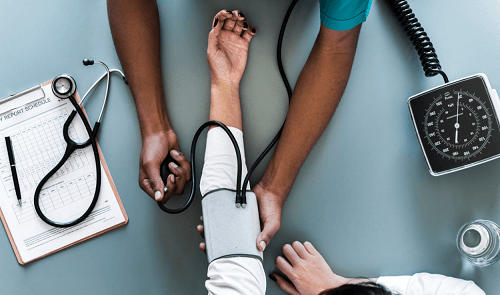
But Why Does Blood Pressure in The Arteries Exist?The reason for blood pressure's existence is straightforward: with each beating, the heart contracts, pushing blood out of the body. But a pounding heart cannot produce blood pressure on its own. The size and elasticity of the artery wall also affect the rate of blood pressure. Therefore, each time a heart beats, a certain pressure is developed inside the arteries. Typical Blood Pressure Measurement RangesAccording to the American Heart Association (AHA) and the National Institutes of Health (NIH), normal blood pressure is less than 120 mm Hg systolic and 80 mm Hg diastolic. Blood pressure normally fluctuates, nevertheless, for a variety of causes. Older 2003 GuidelinesAccording to Trusted Source, the risk of cardiovascular disease doubles for blood pressure readings exceeding 115/75 mm Hg for every 10 mm Hg increase. Therefore, beforehand precautions are better to control the blood pressure rate other than normal. In November 2017, updated recommendations for high blood pressure were released by AHA. They make early intervention possible. Since 2017, the AHA has recommended treating high blood pressure patients at 130/80 mm Hg instead of 140/90 mm Hg. The "prehypertension" range between 120 and 139/80- and 89-mm Hg were also eliminated. Stage II hypertension, not stage I, is currently defined as a blood pressure value of 140/90 mm Hg. 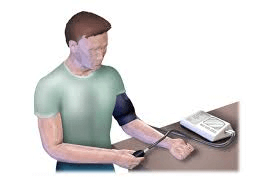
The AHA further recommends that physicians only administer medicine in situations of prior heart attack or stroke or where there are risk factors for these ailments, such as advanced age, a diagnosis of diabetes, or chronic renal disease. This category is currently divided into two ranges:
It is recommended to adopt lifestyle modifications as the primary treatment of high blood pressure in its early phases. How The Body's Blood Pressure System WorksBlood has "flow," and arteries are "pipes," just as in a complex plumbing system. Blood flow can be easily understood by looking at the fundamental functioning of a garden hose pipe. Both work in a similar way using the same principle. The difference in blood pressure is responsible for creating force and circulating blood in the body. The beginning of the blood pressure's trip from the heart, when it enters the aorta, is when it is greatest, and the journey's conclusion, via increasingly smaller branches of arteries, is when it is lowest. The differential in pressure is what causes the blood to circulate. Similar to how the physical characteristics of a garden hose pipe affect water pressure, arteries have an impact on blood pressure. At the point of constriction, pressure rises when the pipe is constrained. For instance, the blood pressure would decrease faster as it is pumped out of the heart if the artery walls weren't elastic. 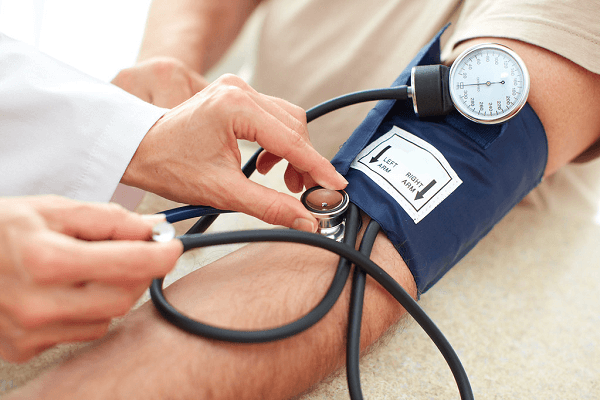
The arteries' characteristics are just as crucial to maintaining pressure and enabling blood to circulate throughout the body, even though the heart generates most of it. Blood pressure and blood flow are influenced by artery health, and narrowing the arteries can finally completely cut off the supply, resulting in hazardous diseases, including heart attack and stroke. Measurement Of Blood PressureThe sphygmomanometer is the tool used to measure blood pressure. It is made up of a rubber wristband inflated using a pump. The pump could be manual or electricity-driven. Once the cuff has been inflated so that pulse is halted, analogue dial reading or an electric reading is taken. This reading measures how much force is required to drive mercury along the tube against gravity. This is the basis for measuring pressure by adopting the abbreviation mm Hg-millimetres of mercury. Normal blood pressure checks don't hurt or feel uncomfortable. It could, however, momentarily feel constrictive around the arm. 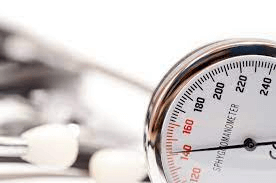
When the pulse sound resumes and the pressure on the cuff is gradually relaxed, the exact moment may be determined using a stethoscope. There are two types of blood pressure measured using a stethoscope. Both are measured at two distinct times. The first one is systolic blood pressure and the other one is diastolic blood pressure. Diastolic pressure is the pressure in the arteries when the heart is resting (time between two heartbeats). Systolic pressure, on the other hand, is pressure in arteries when the heat is at the beating stage. In other words, diastolic pressure is the lower pressure, and systolic is the higher pressure during heart contractions. 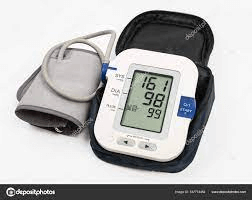
Guidelines For Lowering the Blood PressureCertain actions that patients can take to help maintain healthy blood pressure are listed below:
Worries About Low Blood PressureHypotension, or low blood pressure, is often less concerning than high blood pressure. It may still be a sign of health problems. A person is said to have low blood pressure if their reading is less than 90/60 mm Hg. According to the AHA, doctors often do not view this as an issue unless additional symptoms also occur. 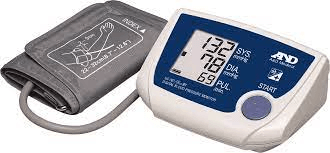
Internal bleeding, heart illness, pregnancy, and certain drugs are some underlying conditions causing low blood pressure. To treat any underlying issues, a patient should consult their doctor if they develop further symptoms. TakeawayThe body needs blood pressure to function. It could, however, go too high or too low. Hypertension is the condition of the body when a person faces high blood pressure problems. In this case, a person's blood pressure reaches a higher number than normal; he suffers various problems like heart disease and strokes. It is symptom-less in the initial stages but shows its effect later, and therefore it is advised to consult doctors if you're facing high blood pressure frequently. In the current scenario, people are frequently suffering from hypertension. The major reason is the diet and lack of exercise. A modest lifestyle with a balanced diet can help to maintain normal blood pressure and relieve hypertension. Along with hypertension, hypotension is also dangerous. A person who has a lower than normal blood pressure suffers from hypotension. In this condition, a person often feels dizzy and lazy and might experience fainting in extreme cases.
Next TopicBlood Functions and Disorders
|
 For Videos Join Our Youtube Channel: Join Now
For Videos Join Our Youtube Channel: Join Now
Feedback
- Send your Feedback to [email protected]
Help Others, Please Share









